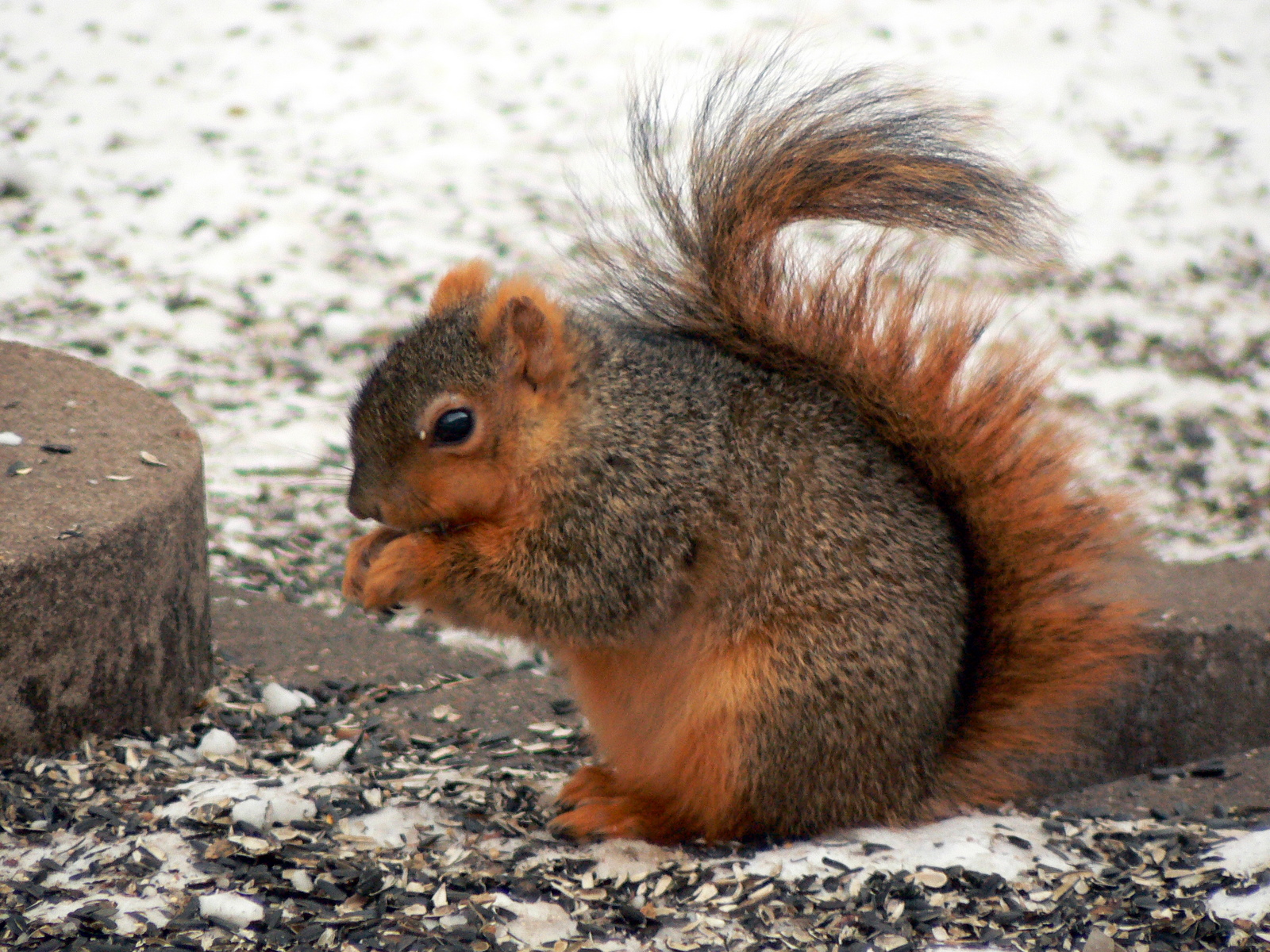Originally, the wikipedia page for Whooper Swans focused on their feeding habits and distribution, but focused very little on the behavior of these swans. I added this information about Whooper Swan behavior to the page: http://en.wikipedia.org/wiki/Whooper_Swan#Distribution_and_behaviour.
When Whooper Swans prepare to go on a flight as a flock, they use a variety of signaling movements to communicate with each other. These movements include head bobs, head shakes, and wing flaps and influence whether the flock will take flight and if so, which individual will take the lead. Whooper Swans that signaled with these movements in large groups were found to be able to convince their flock to follow them 61% of the time. In comparison, swans that did not signal were only able to create a following 35% of the time. In most cases, the Whooper Swan in the flock that makes the most movements (head bobs) is also the swan that initiates the flight of the flock – this initiator swan can be either male or female, but is more likely to be a parent than a cygnet. Additionally, this signaling method may be a way for paired mates to stay together in flight. Observational evidence indicates that a swan whose mate is paying attention to and participates in its partner’s signals will be more likely to follow through with the flight. Thus, if a Whooper Swan begins initiating flight signals, it will be less likely to actually carry through with the flight if its mate is not paying attention and is therefore less likely to join it.



